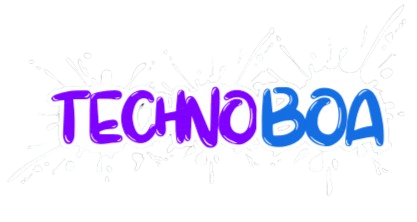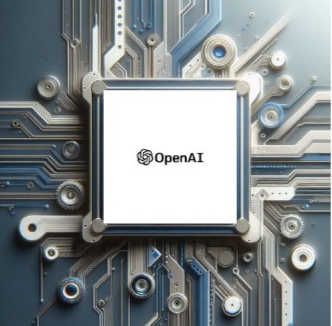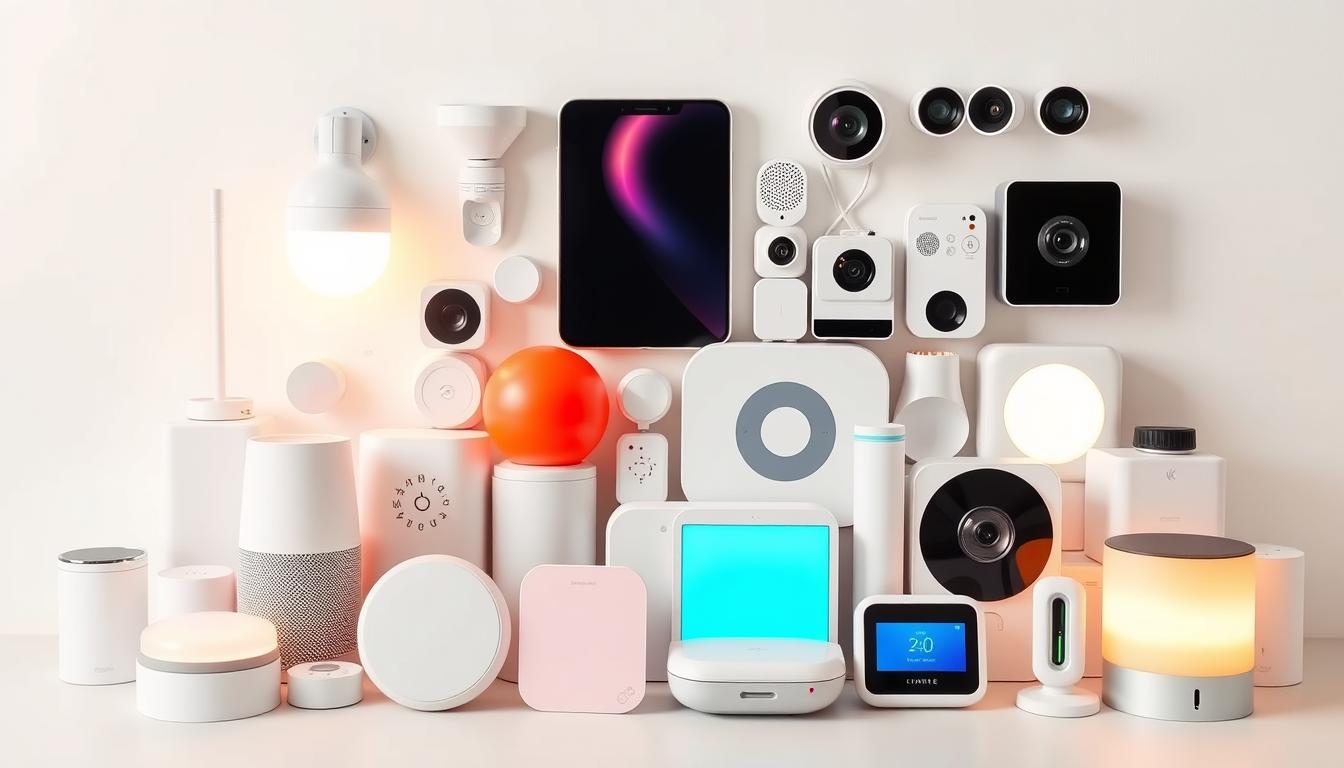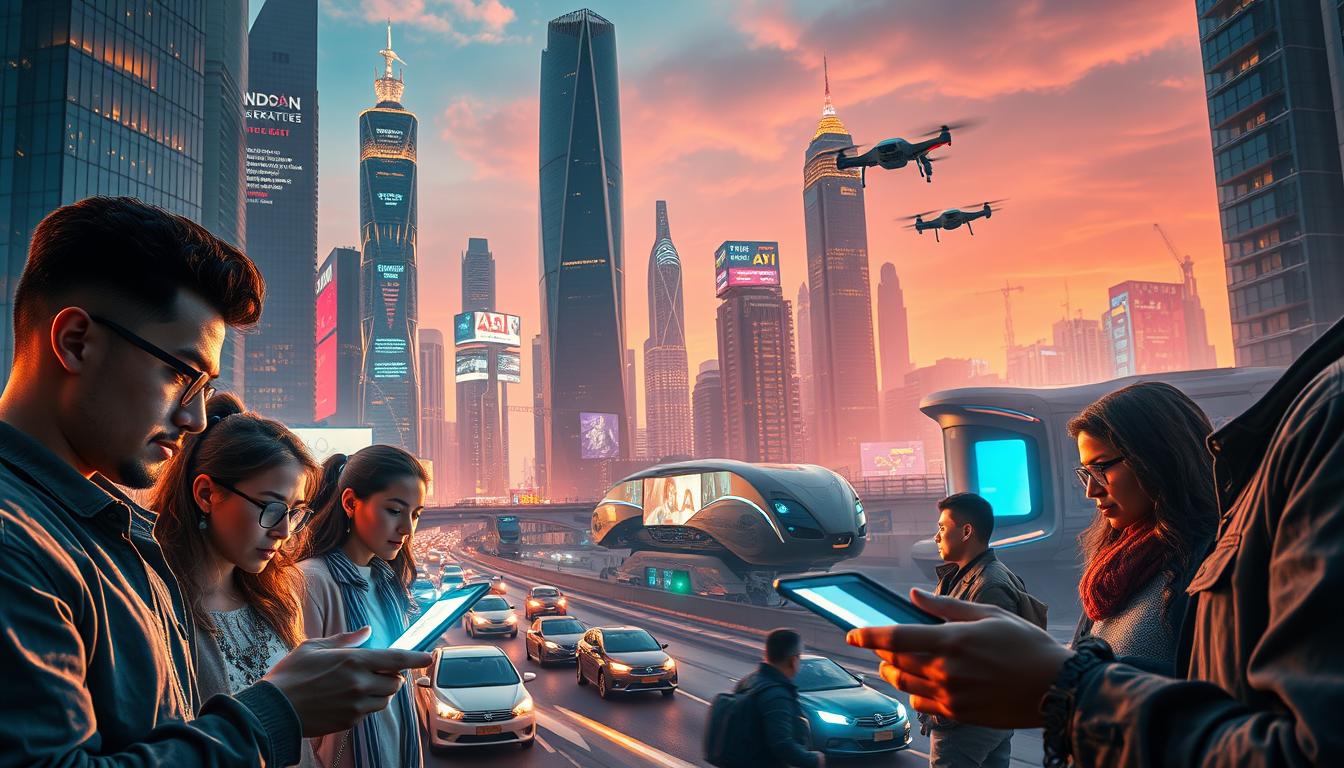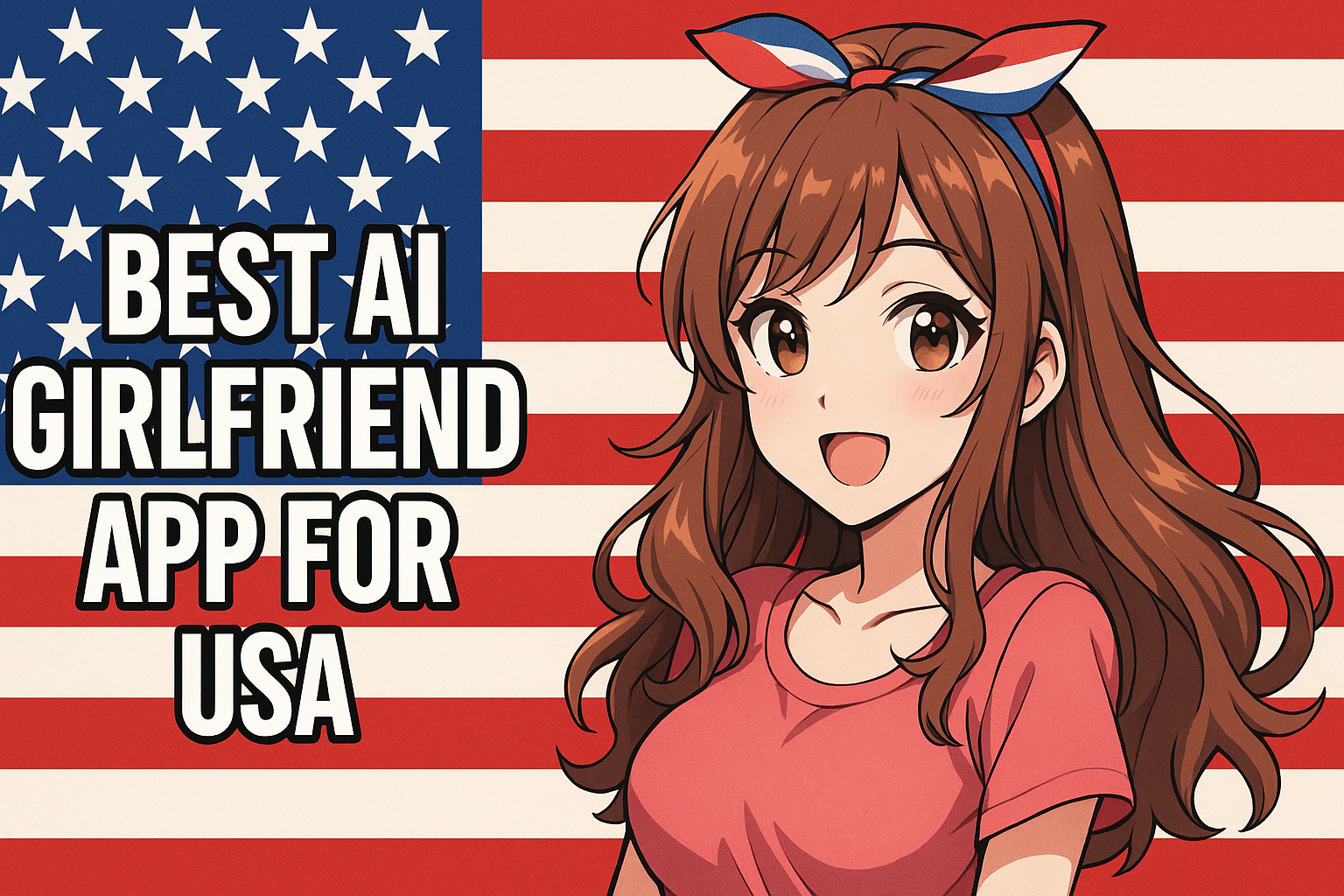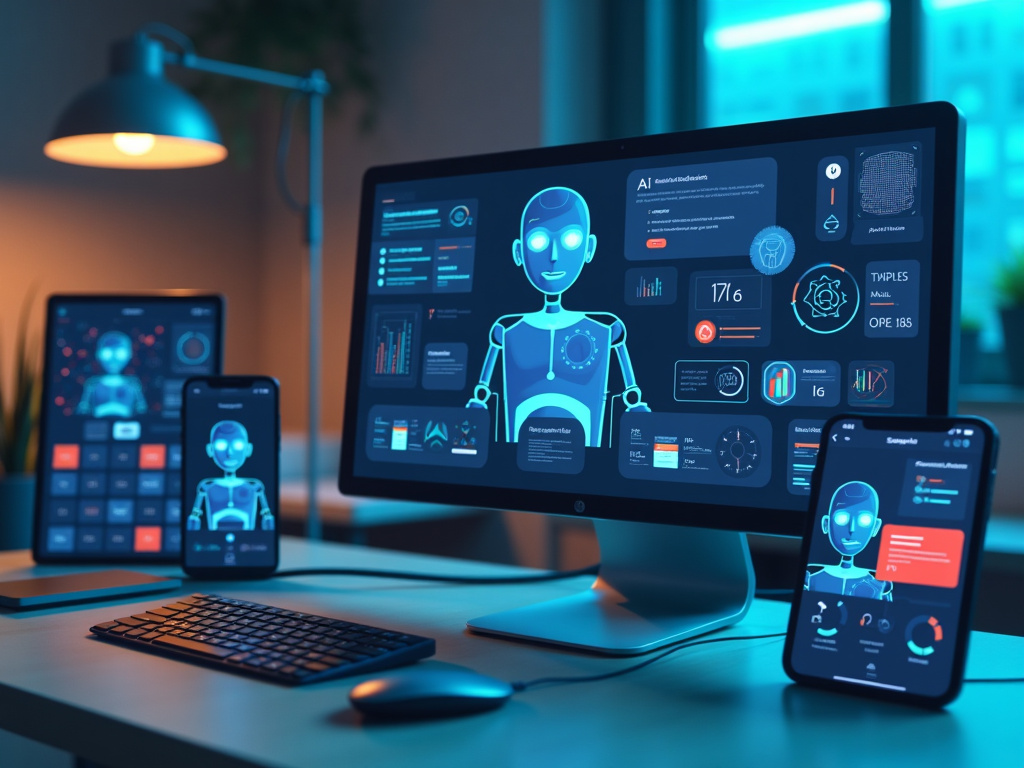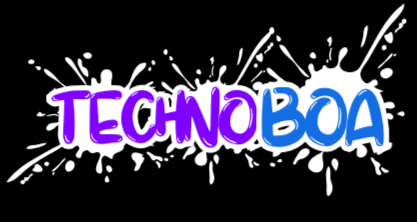You want to create your own AI-driven project or maybe you simply want to know more about it as a curious tech person. This blog is going to be helpful in how to use the tools offered by OpenAI and also get insights on its possibilities. Be it just starting at the ground level with understanding basics or rather proceeding into advanced applications where we are headed for now.
What is OpenAI?
Founded with a mission of ensuring that artificial general intelligence (AGI) benefits all humankind, OpenAI is the biggest artificial intelligence research laboratory and has come up with some of the most potent artificial intelligence tools ever made. They have managed a very high degree of accessibly in creating AI models.
such as:
– A series of AI models capable of understanding and generating human-like text are referred to as GPT (Generative Pre-trained Transformer).
– DALL·E; The AI model that can develop images based on word descriptions.
– Codex: an AI model which transforms natural language into program code thus making programming easy for everybody.
How To Use OpenAi API
For starters, begin by getting familiarized with OpenAI’s API within your environment (e.g., local machine). This will let you integrate these models into your applications allowing from developing chatbots powered by AI to auto-generating content.
Initial Procedures to Start:
OpenAI is a platform where members can form accounts: You sign up at a particular webpage for certain reasons.
Obtain API Keys: Create API keys if you have an account so as to use the tools offered by OpenAI.
Pick a Model: Depending on the context, choose the model that fits best–GPT for text and DALL·E for images while Codex is primarily used in coding.
Integrate the Application Programming Interface: To develop anything, you will need to follow the instructions provided on how to integrate it in your projects.
Creating Your First AI Chatbot using OpenAI
One of most common uses of OpenAI’s GPT models is for chatbots with. Here is a simple guide to help you build your first AI chatbot.
In Sequential Order
Define the Purpose: Consider what functions your chatbot will serve–can be either customer support or virtual assistant or even as a story teller.
Select a Platform: Choose the location where your bot will be found; this could be through websites, mobile applications or different messaging platforms.
Set Up the API: By connecting with this API you will connect it to any GPT model.
Design Conversations: Create prompts and answers that will direct how the bot communicates.
Test and Refine: Your efforts should do continuous testing on your bot and make improvements in it that enhance its functioning.
Getting Started with Creating Art Using DALL·E: A Beginner’s Guide:
DALL·E is a state-of-the-art AI model that generates images from text. The revolutionary possibilities offered by DALL·E are limitless for anyone from artists to designers or even a curious individual interested in AI-generated art.
Create Descriptive Prompts: The more details you provide in the description, the more precise the generated image will be. For instance, if you say “a futuristic city skyline at sunset”, then DALL·E will generate a unique picture based on what you have typed.

See how perfect it is!
Experiment and Explore: Try various prompts and experiment with different image variations created.
Refine Your Art: Using generated images as a starting point and editing them using image editing software until they are polished would help.
Fine-Tuning GPT Models for Unique Use Cases
For advanced users, fine-tuning OpenAI’s GPT models is an excellent way to obtain highly customized results. Fine-tuning is essentially when you take a particular set of data and use it to train your model so that it aligns closely with the output you want.
Steps for Fine-Tuning:
Prepare Your Dataset: Collect data that relates directly to your needs, then format it accordingly.
Leverage OpenAI’s Fine Tuning API: Refer to OpenAI’s documentation for instructions on using your dataset in order to fine-tune the model.
Examine Model Performance: After fine-tuning the model,test its performance and adjust as necessary.
Deploy the model: Incorporate the well-adjusted model to your application once you are happy with it.
Industry use cases: How businesses are leveraging OpenAI for growth
OpenAI’s tools have been transforming industries by enabling smarter automation, personalized customer experiences, and innovative product development.
Examples of business applications:
Customer support: AI chatbots powered by GPT models are enhancing customer service via instant and accurate responses
Content creation- Time-saving is one of them because they are using this technology to produce blog posts, marketing copies and descriptions for products in businesses.
Software development: Codex aids developers in generating automatic code snippets shortening their time for creation and making programming more open.
Future trends in AI: what to expect from OpenAI
As artificial intelligence keeps changing, OpenAI is among those making the world’s most innovative instruments and systems. Thus, here are some trends that one should watch out for.
Improved Natural Language Understanding: Expect even more sophisticated language models which can grasp context and nuance even better than before.
AI-Assisted Creativity: Tools such as DALL·E will become advanced too giving artists and designers greater powers.
Wider Adoption of AI in Everyday Life: from home smart devices to personalized shopping experiences, AI gradually merges into day-to-day existence.
OpenAI is an exhilarating adventure whose frontiers are limitless. This blog is about how to use OpenAI’s tools lessons – for a beginner or advanced learner. In addition to tutorials that are more elaborate and insightful, we will also be covering industries at the same time giving updates on the newest things happening in AI!
Excited about detailed guides, industrial perspectives, and Artificial Intelligence advancements? Comment below “yes” and let us know what you’re interested in!
